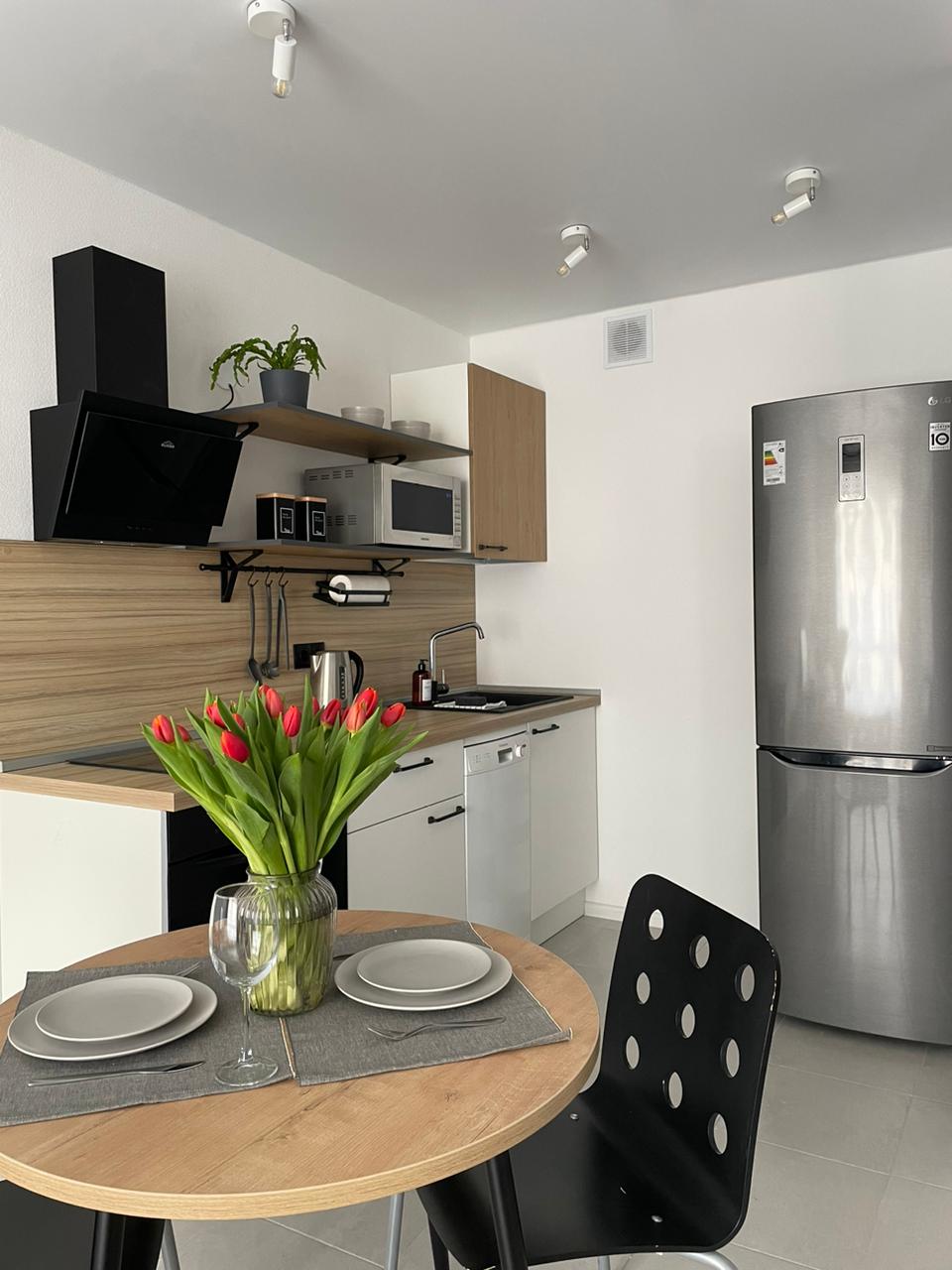
Revolutionizing the Art of Cooking: The Elegantly Redefined Culinary Spaces
The culinary world is abuzz with innovation, not just in the flavors and techniques that create our favorite dishes, but also in the very spaces where these gastronomic wonders are born. From professional restaurants to home kitchens, the definition of culinary spaces has undergone a profound transformation. Today, we take a closer look at how these vital environments are being redefined with grace and sophistication, catering to the modern chef’s desire for functionality and aesthetics alike.
The Essence of Modern Culinary Design
The contemporary culinary space is characterized by clean lines, minimalist design, and an open-concept layout. By breaking down physical barriers, these spaces promote an interactive cooking experience, encouraging collaboration and conversation. The use of glass and sleek surfaces reflects light, creating a sense of warmth and openness, while state-of-the-art appliances are integrated seamlessly into the design, combining high-tech functionality with elegant form.
Innovative Use of Materials and Colors
In the pursuit of elegance, the materials used in modern culinary spaces have become central to design. Traditional wood is now complemented by the use of industrial elements such as stainless steel, concrete, and recycled glass, imbuing the kitchen with a chic, urban edge. Moreover, the palette of colors has expanded beyond the conventional whites and creams, with designers introducing bold hues that reflect the personality of the chef or the theme of the restaurant, providing an invigorating backdrop for culinary creativity.
Energy Efficiency and Sustainability
As the world grows increasingly eco-conscious, culinary spaces are not just being redesigned for aesthetics, but also for environmental stewardship. Energy-efficient appliances, LED lighting, and water-saving fixtures have become the norm. Moreover, sustainable materials like bamboo and reclaimed wood are also gaining popularity, ensuring that the redefined culinary spaces of today are not only beautiful but also respectful of the planet's resources.
Adaptive and Multi-Functional Spaces
Flexibility is at the forefront of modern culinary design. Elegance no longer just means fine dining rooms and spotless countertops; it includes adaptive spaces that can easily transition from a place to prepare meals to a social setting for entertaining guests. Innovations such as movable islands, retractable surfaces, and convertible furniture allow culinary spaces to be customized according to the needs of the moment, pushing the boundaries of traditional dining and cooking areas.
Smart Technology Integration
The infusion of smart technology into culinary spaces has been a game-changer. Wi-Fi-enabled devices and appliances that can be controlled remotely through smartphones or voice commands, offer an unprecedented level of convenience and efficiency. From intelligent ovens that can precisely regulate temperature to refrigerators that alert you when grocery items are running low, smart technology is redefining what it means to cook and entertain with elegance and flair.
Conclusion
The redefinition of culinary spaces into elegant, modern environments is a testament to the dynamic nature of design and culture. These spaces not only cater to the functional needs of preparing food but have evolved to become the heart of the home and central spaces for entertainment and social interaction. As we continue to innovate and redefine these spaces, we can only anticipate more exciting developments that blend culinary art with the art of living beautifully.